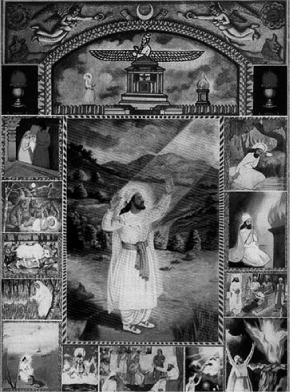Middle Eastern MythologiesIran: Zoroastrianism and Mithraism |
What is Zoroastrianism and what are its mythological roots? |
Zoroastrianism emerged as a religious and mythological system from the reformation of the ancient Indo-Iranian religion in Iran by the prophet and sage Zoroaster (Zarathustra) in the late second millennium B.C.E. The Indo-Iranian religion—that is, the Iranian version of the religion and mythology of the so-called Aryan invaders of Iran and India early in the second millennium—is sometimes called Mazdaism, in reference to the god Ahura Mazda. The supreme deity of the pre-Zoroastrian religion as well as of Zoroastrianism itself, Ahura Mazda was one of the great gods known as ahuras in Iran (Persia) and asuras in the related culture and religion in Vedic (pre-Hindu) India. His Indian equivalents are Varuna and Indra.
Central to Zoroaster’s reformation was a basic dualism that places the good Ahura Mazda and his heavenly followers, the other asuras, against the evil Angra Mainyu and his followers, the daevas, demons committed to war and destruction.
Along with this essential dualism, various aspects of Zoroastrianism make it so compatible with Christianity that many scholars suggest it was only chance that Zoroastrianism did not become the primary religion of the West. These elements include an afterlife, a last judgment, an apocalypse, the resurrection of the bodies of the good when evil is finally defeated, and, most important, a savior or series of saviors. These Messiah figures are named Saoshyants. In one story, a Saoshyant’s virgin mother miraculously conceives him by way of the seed of the first Saoshyant, Zoroaster himself, the seed having been saved and guarded by spirits in Lake Kansaoya. The final Saoshyant, Astvat-Ereta, will ultimately destroy the forces of evil.

Devotional art dedicated to Zoroaster (Zarathustra).
